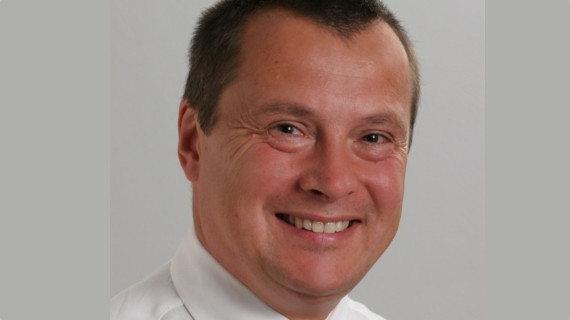Ivo Krejci
The revolutionary concept of subclinical dentistry

- Ivo Krejci received his Dr. med. dent. degree in 1986 and his Privatdozent (Switzerland) in 1993 from the University of Zurich, Switzerland.
- He is Fellow of the Academy of Dental Materials and has a postgraduate specialization training diploma of the Swiss Society of Preventive and Restorative Dentistry.
- He has published over 350 articles and book chapters on restorative topics and is author of several textbooks. He has supervised more than 60 doctoral theses and has lectured on numerous international scientific meetings and continuing education courses.
- From 1998 to 2022, Ivo Krejci served as an ordinary professor and chairman of the Division of Cariology and Endodontology, University of Geneva, Switzerland. 1999-2004 he was the director of the TERBO Department, Section de Médecine Dentaire, University of Geneva.
- 2000-2009 he was vice-president of the Section de Médecine Dentaire, University of Geneva.
- 2009-2018 he served as the president of the University dental Clinics (CUMD) of the University of Geneva.
- 2014-2022 he was director of the Department for preventive dental medicine and comprehensive dental care of the University of Geneva.
- From 2015 on, he has been the founder and director of the Master of Advanced Studies in Microinvasive Esthetic Dentistry and from 2019 on, co-founder and co-director of the Master of Advanced Studies in Digital Dental Technologies at the University of Geneva.
- 2011-2022 he served as scientific advisor of the Geneva school of dental hygienists. From 2022 on, chief medical officer at AILLY, Lausanne, Switzerland and scientific & clinical advisor at SmilEvasion, Geneva, Switzerland.
Nationality: Switzerland
Scientific areas: Operative dentistry
9 of november, from 14h30 until 19h00
Auditorium A
Conference summary
Classic dentistry resumes in prevention and repair.
Under the term prevention the so called primary prevention is understood, which tries to avoid the appearance of clinical symptoms such as periodontal pockets or carious lesions. In case this type of prevention fails, clinical symptoms occur which need repair. Repair in the field of classic dentistry represents classic restorative interventions and periodontal surgery. This type of therapy is destructive because for classic restorations, tooth preparation is needed and with periodontal surgery, some bone will be lost. Besides that, repair is not perfect. After some time, re-repair will be needed, resulting in every growing loss of tooth structure and periodontal bone up to the point where tooth extraction becomes necessary. All this is well known and accepted, but it is not the only way, how dentistry may be practiced today.
The point is that there is a treatment gap between prevention and repair which we named subclinical dentistry. Subclinical dentistry is based on subclinical diagnosis, deals with subclinical symptoms and applies subclinical treatment methods. As an example, in the field of carious lesions, a combination of optical methods is applied for diagnosis of very early carious lesions which, in case of activity, are regenerated with biomimetic materials. Subclinical dentistry thus allows to gain time and, in the best case, even to rewind the clock in the continuous destruction process of the tooth.
The presentation will focus on different aspects of subclinical dentistry and how it integrates into a modern concept of dentistry.
